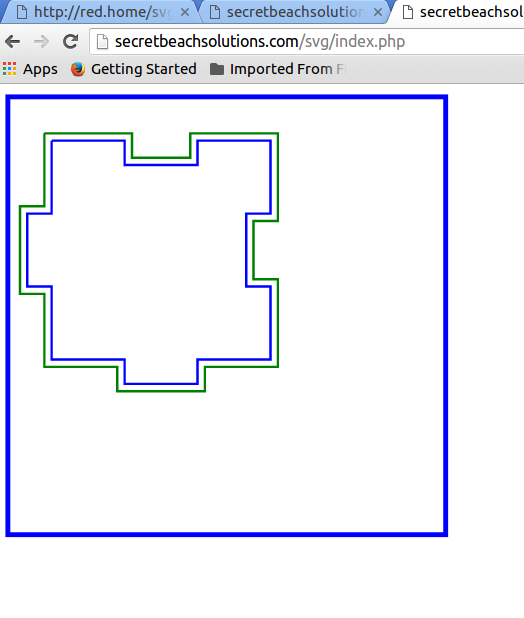DimECASH (stylized with almost all capital letters) is a method of hacking readable text and off-chain references into cryptocurrency transactions. This is done with a system of interrelated hacks always involve simply sending specially formed transactions rather than relying on Operational-Return codes. The system can function on Base58Check based currencies and requires little programming knowledge or infrastructure (somethings can be done from a smart phone with generic wallet software).
What DiMECASH means in laymen’s terms is now people who use bitcoin can voluntarily add text to their transaction. Previous technology allowed programmers to add isolated transactions which could be interpreted as text, but were never quite the same as a financial transactions and were limited in length.
A race is underway between Corporate Sponsored blockchain service providers and cryptocurrencies such as Ethereum which have traditionally provided a Smart Contract feature. The DiMECASH system doesn’t concern itself with creating new software or competing to solve the challenges that these efforts face. Instead, the system focuses on readability, usability, and faster adoption by the general public.
It might be helpful to compare DiMECASH to a check register. Sure you could have learned to download all of your transaction from your bank into your Quicken program about 15 years ago, but you could have also simply bought checks that came with large notation fields (or even simply used multiple lines for each transaction), such as:
check no. 301 May 15th
Rib Shack $17.43
Lunch with Kevin from ABC-CORP
(empty line)
check no. 302 May 17th
Food Lion $2.17
milk and cheese for Pam K.
(empty line)
check no. 304 VOID—————–
(empty line)
check no. 305 May 18th
Rent for last month $662.50
ETC…..
So now if we apply this example to an opened and shared ledger, we can do something similar
DCxRiBxSHACKxMAYxFiFTEENTHzzYDy2ur 0.000001
DCxLUNCHxWiTHxKEViNxFRoMxABCvtDgVb 0.000001
DCxSoMExACTUALxADDRESSzzzzzzVjhx3d 5000.00039692
DCxFooDxLioNxMAYxSEVENTEENTHZz8qx8 0.000001
DCxMiLKxANDxCHEESEzzzzzzzzzzck2hKa 0.000001
DCxFoRxPAMxK1zzzzzzzzzzzzzzzZ9ye99 1753.35672352
Of course this is just an example. it would not make sense to public such mundane yet personal information into the blockchain.
The technology to do this is straightforward enough, the “obviously unspendable” will always show up in the same order and an auditor can always understand that each single multi-part transfer was send from one single entity.
Though this system might seem trivial at first, I would suggest that people think hard about how this practice could change the ecosystem of the currencies. Cryptocurrency Whales can now talk to each other via the currency and better collaborate. Charities and non-profits can now accept money in ways where the giver’s intentions for the money is world-readable and can then send the money to others in a way that is equally transparent and audit-able.
Anyway, if you want to visit a proof-of-concept, check out https://dime.cash
Here is an example transaction:
https://chain.so/tx/DOGE/13cba37ad839edf4ff5c33ec0eff4d00e2d53f868f2d101c99dbe2f05263d499



